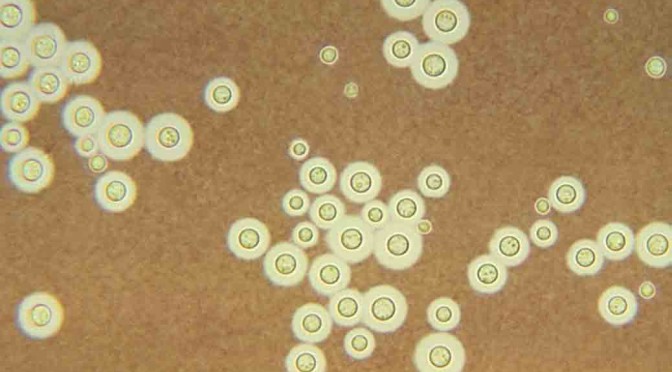By Anupum Pant
If you have played the game Last of Us on PS3, you’d know that the game is set in a time 20 years after a fungal-based, brain-altering pandemic has taken over the world and infected nearly 60% of the world’s population. Sounds too fictional. Right? Well, of course the game is fictional, but the brain-altering fungus parasite is not very far from reality.
The real fungus, Cordyceps isn’t really fatal to Human beings. However, there’s always a chance. In a very absurd way they kill insects. In fact their life cycle is totally dependent on insects. And a there are more than 1000 different kinds of these fungi, each one of which specializes on one kind of insect. What these fungi do to insects is something very incredible.
The fungus infects insect brains and turns them into zombies! Something similar to what this wasp does to cockroaches. This is how it works…
When an insect comes in contact with the spores of this parasitic fungus, they start acting in a weird manner. That is because the fungus affects its brain and turns it into a zombie, an insect zombie which takes directions from a fungus. The infected brain tells the insect to climb up. At some point, high up on a tree or plant, the insect dies and the fungus hollows the body and starts growing a shoot out of the insect. It’s bizarre to watch! (see the video below)
The fungus programs the brain to make the insect move up because its life-cycle actually benefits from it. The higher the insect goes, the better its spores can spread and can have a better reach.
The fungus is like a nature’s way of saying to an insect species that your population has reached very high levels.
Hit like if you learnt something.

